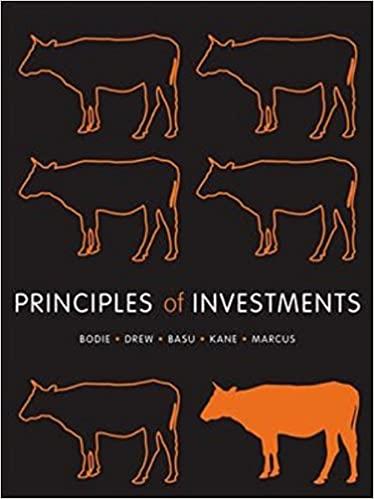5. The residual dividend model The residual distribution policy approach to dividend policy is based on the theory that a firm's optimal dividend distribution policy is a function of the firm's target capital structure, the investment opportunities available to the firm, and the availability and cost of external capital. The firm makes distributions based on the residual earnings. Consider the case of Red Bison Petroleum Producers Inc.: 40% Equity 609 Debt Red Bison Petroleum Producers Inc. is expected to generate $140,000,000 in net income over the next year. Red Bison Petroleum Producers's stockholders expect it to maintain its long-run dividend payout ratio of 30% of earnings. If the firm wants to maintain its current capital structure of 60% debt and 40% equity, the maximum capital budget it can support with this year's expected net income is Red Bison Petroleum Producers is considering using more equity and less debt in its capital structure. Which of these statements best describes how this will affect the firm's annual dividend, assuming that all other factors are held constant? O Red Bison Petroleum Producers will pay a smaller annual dividend if it goes forward with this decision expected net income is Red Bison Petroleum Producers is considering using more equity and less debt in its capital structure. Which of these statements best describes how this will affect the firm's annual dividend, assuming that all other factors are held constant? O Red Bison Petroleum Producers will pay a smaller annual dividend if it goes forward with this decision. O Red Bison Petroleum Producers's annual dividend will be greater if it goes forward with this decision Most firms have earnings that vary considerably from year to year and do not grow at a reliably constant pace. Furthermore, their required investment may change often. Does this mean that the residual distribution policy approach can't be of any help to most firms? O No Yes Gaven Industries, which is in the same sector as Red Bison Petroleum Producers, exhibits very stable and predictable earnings, but its capital investments tend to be lumpy. This means that Gaven's required capital investment spending is usually relatively low, but every few years, some sizable expenditures will cause the firm's capital budget to be quite large. Should Gaven Industries be following a strict residual distribution policy? Yes No








